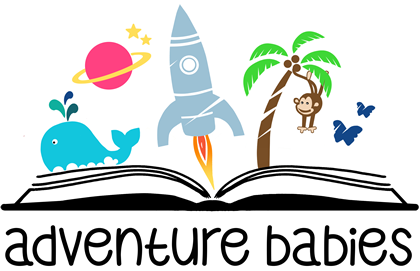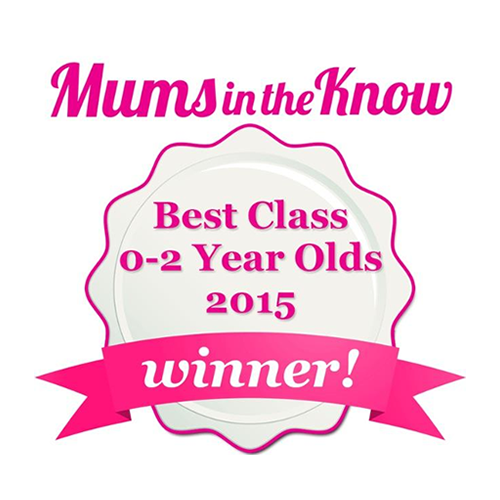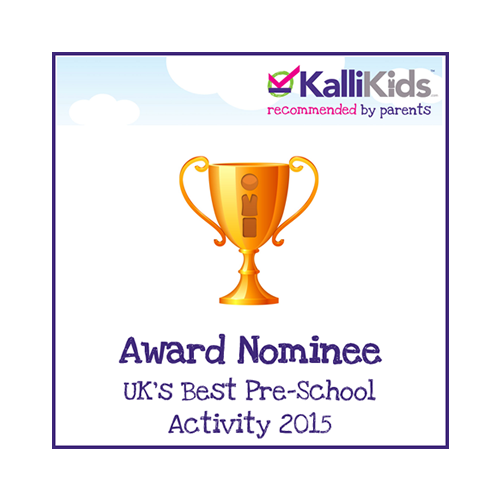So, you’ve made it through the “newborn fog” – congrats! You might be wondering ‘What’s next for my three month old baby?’ Your little bundle is now a three-month-old… and you’re wondering what magic (or chaos) this month will bring. From new tricks to surprising habits, your baby’s development is about to keep you on […]
Welcome winter with warmth and wonder at Adventure Babies! Our upcoming term is designed to spark joy and development, filling the season with sensory magic for both you and your baby. Here’s why our classes are the perfect place for you this winter. Embrace Cosy and Creative Fun Winter can mean fewer outdoor activities, but […]
As a new parent, you’ve probably heard a lot about baby milestones – those little “checkpoints” in your baby’s development, like rolling over, sitting up, or saying their first words. But while they’re meant to be helpful, it’s easy to feel worried if your baby isn’t hitting these milestones at exactly the “right” time. Let’s […]
As a new parent, you’re always searching for the best ways to nurture your baby’s development while ensuring they have a fun and engaging experience. Adventure Babies sensory storytelling baby classes offer the perfect combination of both—making them unmissable for your little one. In our opinion they are clearly the best baby class! Support Your […]
Maternity leave can feel like a whirlwind, and if you’re feeling a bit lost or disappointed because it’s not going how you imagined, you’re not alone. Many mums have grand plans for their time off—things like catching up on projects, meeting up with friends, or simply enjoying some quiet bonding time with baby. But the […]
If you’ve ever found yourself wondering why your baby seems to need more sleep than another, you’re not alone! As new parents, it’s natural to compare your baby’s sleep patterns with others, but the truth is, every baby is unique. Let’s dive into why some babies might need more sleep and how you can support […]
As a new parent, one of the most beautiful and rewarding experiences is building a strong bond with your baby. But sometimes, it can feel a bit daunting as you wonder, am I doing enough? or what can I do to connect with my little one? The good news is, bonding doesn’t have to be […]
As a new parent, watching your baby grow and develop is one of the most exciting experiences. Every little step, from their first smile to their first steps, feels monumental. These are often called “baby milestones,” and they serve as markers of your baby’s physical, social, and cognitive development. But when should you expect them […]
Welcoming a newborn is an exciting yet challenging time, filled with moments of joy and a few sleepless nights. As new parents, you may find yourself wondering how to make your newborn baby feel more content and comfortable. While every baby is unique, there are some universal tips that can help you soothe and bond […]
It’s a phase many parents encounter: your little one gleefully dropping food from their highchair, creating a mini explosion of broccoli, pasta, and crackers on the floor. While it can feel frustrating, rest assured—this behavior is a normal part of your baby’s development. Babies between 6 to 12 months are learning about the world through […]






